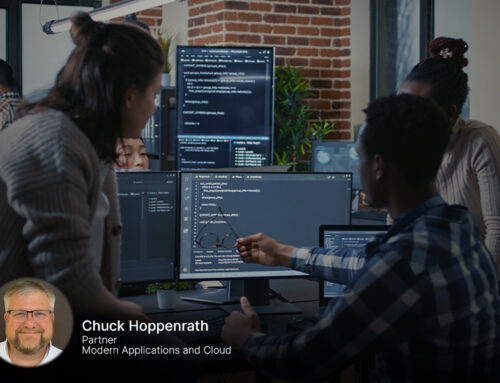By Linda Chow
Navigating the dynamic landscape of IT service management (ITSM) demands adaptability, efficiency, and readiness for emerging technologies. As aging platforms like Remedyforce approach their end-of-life (EOL), transitioning to newer solutions becomes critical. Let’s compare Remedyforce with contemporary alternatives ServiceNow and Freshworks, examining their features, advantages, drawbacks, and suitability.
The Need to Migrate to a Modern Platform
In IT service management (ITSM), change is not just inevitable — it’s necessary. As technologies evolve, businesses must adapt to stay efficient and competitive. Aging platforms like Remedyforce, once reliable workhorses, are approaching their end-of-life (EOL), and there is an urgency to transition to modern alternatives.

Reasons to Migrate
There are many compelling reasons to migrate to a modern ITSM, including:
Security and Compliance: An EOL platform like Remedyforce can leave your organization vulnerable to security breaches and compliance issues. Outdated software lacks the latest security features and is more susceptible to cyber threats.
Performance: Modern platforms are designed with the latest architecture and technologies, ensuring optimal performance and responsiveness. EOL platforms can struggle to keep up with the demands of today’s IT environments.
Scalability: As your business grows, your ITSM needs will expand from IT Service Management to Enterprise Service Management. Modern platforms are built to scale, accommodating larger teams, increased ticket volumes, and more complex workflows. As Service Management broadens from IT to enterprise, business departments like Human Resources and Finance may also use the platform for their needs.
Innovation: ITSM is no longer about managing incident tickets. Modern platforms offer advanced analytics, automation, AI-powered insights, and integrations with other critical business functions.
Benefits of Modern Platforms
Transitioning to an up-to-date platform offers many advantages, including:
Enhanced User Experience through AI and Chat Bots: Modern platforms prioritize user-friendly interfaces, streamlining tasks and reducing training time for new staff. AI-driven virtual chatbots interact and engage end users by suggesting solutions to troubleshoot incident tickets and recommending the next steps for technology support.
Automation for Efficiency: Automation is at the heart of modern ITSM. Routine tasks are automated, freeing your IT team for more strategic initiatives.
Real-Time Insights: Modern platforms offer real-time analytics to monitor metrics, identify trends, and make data-informed decisions.
Integration and Collaboration: Many modern platforms, like ServiceNow and Freshworks, offer integrated suites that foster collaboration between departments.
Customization: While legacy systems often require extensive coding for customization, newer solutions provide user-friendly tools like low code or no code for tailoring the system to your needs.
Cost-Effectiveness: EOL platforms might seem cost-effective in the short term due to familiarity, but the potential costs associated with security breaches, downtime, and workarounds can quickly add up. Investing in a modern platform can provide long-term cost savings.


Navigating the Transition
Transitioning from an end-of-life platform to a modern one requires careful planning and execution. This change will require your organization to evaluate its needs, consider each platform’s features, and prepare your team for the changes ahead. Working with an ITSM expert can simplify this process and help ensure a successful transition.
Embracing the Future with a Modern Platform
Clinging to outdated platforms can hinder progress and limit your organization’s potential. End-of-life platforms like Remedyforce serve as a turning point for businesses. ServiceNow, Freshworks, and a range of other industry-leading options, offer the ITSM functionalities tools to enhance your organization’s efficiency, collaboration, and innovation.
Making the transition may seem monumental, but the benefits of modern platforms outweigh the challenges. Modernization is more than upgrading your software — it’s upgrading your approach to IT service management so your organization remains agile, competitive, and prepared to handle change.
For expert guidance on navigating the migration transition, Contact IntraSystems Advisory Division. Our experts can help you create a strategy that aligns with your IT service management needs.




